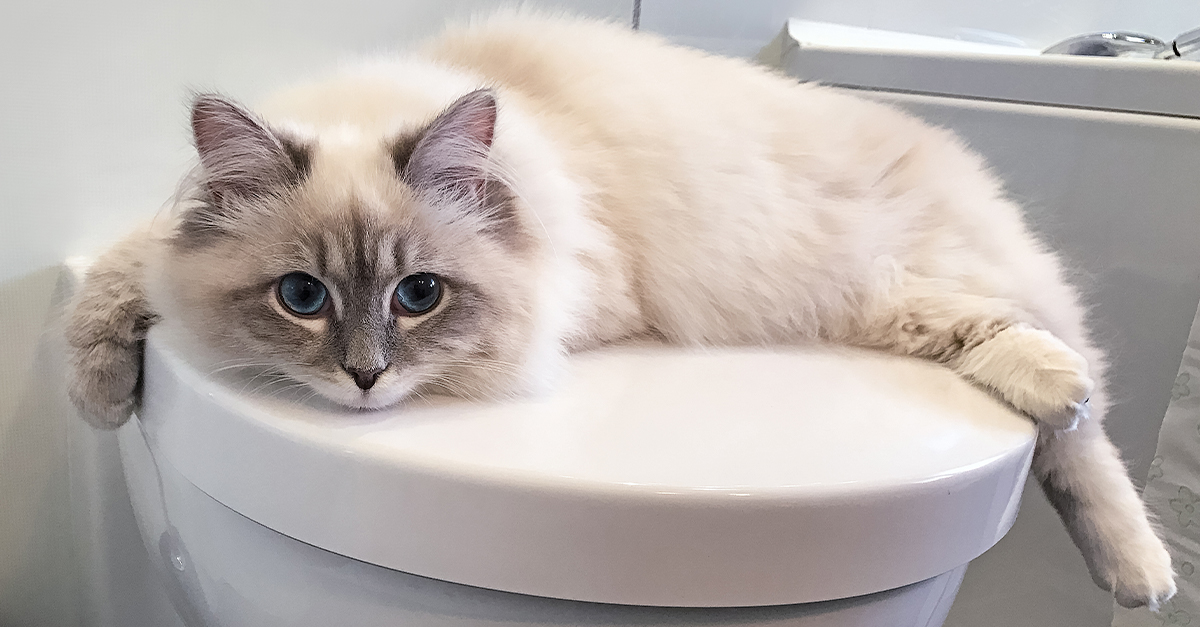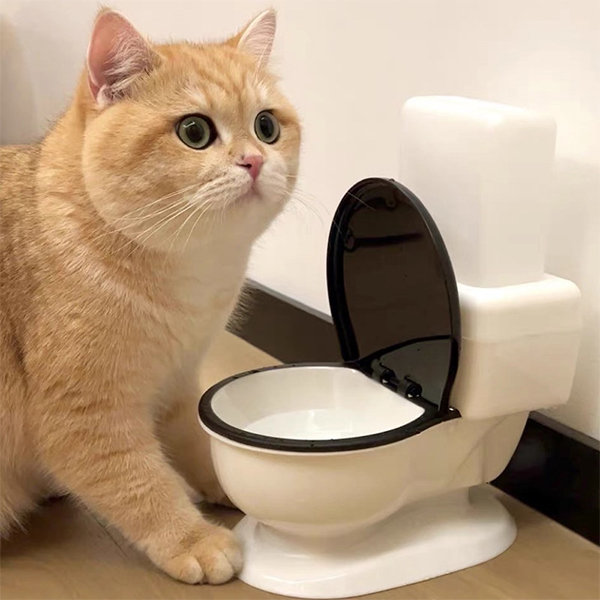The Effects of Flushing Animal Waste Down the Toilet
The Effects of Flushing Animal Waste Down the Toilet
Blog Article
Just how do you feel in relation to 4 Reasons Why Dog Poop Cleanup is Important?

When it pertains to throwing away waste, especially animal waste, many people usually turn to the practical choice of flushing it down the commode. Nonetheless, this relatively easy service can have significant consequences for the atmosphere and public health. In this article, we'll check out why flushing animal waste down the commode is a negative idea and provide different techniques for correct disposal.
Introduction
Correct waste disposal is essential for maintaining environmental sustainability and public health. While it might seem safe to flush animal waste down the bathroom, it can bring about different issues, both for the atmosphere and human well-being.
Risks of flushing animal waste
Ecological impact
Flushing animal waste presents dangerous germs and virus right into waterways, which can adversely impact marine communities. These virus can pollute water resources and harm aquatic life, interrupting fragile ecological communities.
Public health worries
Pet waste includes unsafe germs such as E. coli and Salmonella, which can posture serious wellness risks to people. Flushing animal waste down the commode can contaminate water materials, causing the spread of diseases and infections.
Alternatives to flushing
Instead of purging pet waste down the commode, there are several alternative disposal methods that are much more eco-friendly and sanitary.
Composting
Composting pet waste is an environmentally friendly method to take care of it. By composting, organic matter is broken down into nutrient-rich soil, which can be utilized to feed yards and plants.
Garbage dump disposal
Throwing away pet waste in a landfill is one more alternative. While not as environmentally friendly as composting, it is a much safer alternative to flushing, as it protects against the contamination of water sources.
Pet dog waste disposal systems
There are specific animal waste disposal systems offered that safely and hygienically throw away pet waste. These systems commonly make use of enzymes to break down waste and remove smells.
Actions to appropriate pet waste disposal
To make sure appropriate disposal of animal waste, follow these actions:
Scooping and getting waste
Consistently scoop and bag pet waste utilizing naturally degradable bags. This stops waste from polluting the atmosphere.
Using designated waste containers
Dispose of bagged pet waste in designated waste containers, such as garden compost bins or landfill containers. Stay clear of flushing it down the bathroom whatsoever costs.
Cleaning can and pet dog locations on a regular basis
On a regular basis clean litter boxes and pet dog areas to prevent the build-up of waste and germs. Use pet-safe cleansing items to keep health.
Advantages of proper disposal approaches
Embracing appropriate disposal approaches for animal waste offers a number of advantages:
Reduced environmental pollution
Proper disposal techniques minimize the danger of environmental pollution, safeguarding waterways and environments from contamination
Decreased threat of water contamination.
By avoiding flushing pet waste down the toilet, the threat of water contamination is considerably reduced, securing public health.
Improved hygiene and hygiene
Appropriate disposal methods advertise far better hygiene and hygiene, developing a safer atmosphere for both humans and animals.
Verdict
In conclusion, purging pet waste down the bathroom is damaging to the environment and public health. By adopting different disposal methods and following appropriate waste monitoring techniques, we can reduce the negative influence of pet waste and add to a cleaner, healthier earth.
What To Do With Dog Poo – The Do's And Don'ts Of Disposing Of Faeces
Dog poo bins
Some councils provide dedicated dog waste bins in popular dog-walking areas that can take dog poo that has been bagged but you can legally dispose of dog waste in any public litter bin, as long as it is securely bagged. This also applies to your wheelie bin at home.
Do not flush
Water companies do not recommend flushing dog faeces down the toilet because certain parasites can survive the water processing treatment and are potentially harmful to humans. You should also never consider flushing dog poo that has been bagged down the toilet as the bags will not break down and instead create severe blockages in the sewage system.
In the woods
The Forestry Commission promotes a ‘stick and flick’ method for dealing with waste in the woods. This means finding a stick and using it to flick any poo from off the path so that it is out of the way of other walkers. You could also bury it as long as it is not in an area where there might be livestock.
Livestock
Parasites found in dog poo can be transmitted to livestock if they inadvertently eat infected faeces that has been left on grazing land. This could result in the death of sheep or abortion in cattle so you should always make sure you pick up your dog’s waste in fields where livestock could be present.

On a regular basis clean litter boxes and pet dog areas to prevent the build-up of waste and germs. Use pet-safe cleansing items to keep health.
Advantages of proper disposal approaches
Embracing appropriate disposal approaches for animal waste offers a number of advantages:
Reduced environmental pollution
Proper disposal techniques minimize the danger of environmental pollution, safeguarding waterways and environments from contamination
Decreased threat of water contamination.
By avoiding flushing pet waste down the toilet, the threat of water contamination is considerably reduced, securing public health.
Improved hygiene and hygiene
Appropriate disposal methods advertise far better hygiene and hygiene, developing a safer atmosphere for both humans and animals.
Verdict
In conclusion, purging pet waste down the bathroom is damaging to the environment and public health. By adopting different disposal methods and following appropriate waste monitoring techniques, we can reduce the negative influence of pet waste and add to a cleaner, healthier earth.
What To Do With Dog Poo – The Do's And Don'ts Of Disposing Of Faeces
Dog poo bins
Some councils provide dedicated dog waste bins in popular dog-walking areas that can take dog poo that has been bagged but you can legally dispose of dog waste in any public litter bin, as long as it is securely bagged. This also applies to your wheelie bin at home.
Do not flush
Water companies do not recommend flushing dog faeces down the toilet because certain parasites can survive the water processing treatment and are potentially harmful to humans. You should also never consider flushing dog poo that has been bagged down the toilet as the bags will not break down and instead create severe blockages in the sewage system.
In the woods
The Forestry Commission promotes a ‘stick and flick’ method for dealing with waste in the woods. This means finding a stick and using it to flick any poo from off the path so that it is out of the way of other walkers. You could also bury it as long as it is not in an area where there might be livestock.
Livestock
Parasites found in dog poo can be transmitted to livestock if they inadvertently eat infected faeces that has been left on grazing land. This could result in the death of sheep or abortion in cattle so you should always make sure you pick up your dog’s waste in fields where livestock could be present.

Do you appreciate more info about Should you flush animal waste down the toilet? Try leaving a comment below. We would be glad to see your opinions about this posting. Hoping that you visit us again in the future. I beg you pause to distribute this blog entry if you enjoyed reading it. We treasure your readership.
Free Estimates Report this page